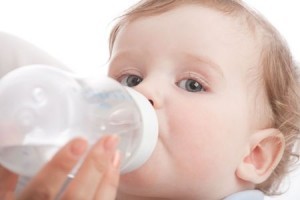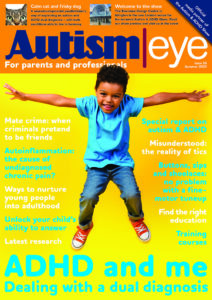In the same week that scientists have said autism is largely genetic, another study has linked the condition to a chemical found in plastic food and drink containers.
It means that the potential influence of non-genetic factors in causing autism remains in the spotlight.

The genetic study, conducted by the UK’s Medical Research Council and involving 516 twins, suggested that between 74 and 98 per cent of cases were related to biological make-up. It was found that ASD is higher in identical twins who share the same DNA.
The non-genetic study found an association between autism and bisphenol-A (BPA), a common plasticizer used in a variety of plastic containers intended for consumers to use for food and beverages.
Lead author T Peter Stein, of Rowan University in New Jersey, USA, said of the BPA study: “It has been suspected for a lot of years that BPA is involved in autism, but there was no direct evidence.”
He added: “We’ve shown there is a link. The metabolism of BPA is different in some children with autism than it is in otherwise healthy children.”
The team examined urine samples from 46 children with ASD and 52 from healthy control children for free BPA and total BPA concentrations.
Like many chemicals, BPA becomes water soluble when it is bound to glucose in the liver – a process called glucuronidation. Conversion to glucuronide and then excretion of the glucuronide in the urine is a key way for removing toxins from the body.
A metabolomics analysis to screen for all chemicals found in the children’s urine showed the mean number of statistically significant correlations between metabolites detected and total BPA excreted to be approximately three times greater with the ASD group than the controls. It also showed the number of statistically significant correlations with fraction of BPA bound was approximately 15 times higher in the children with ASD.
Stein said: “Other studies involving rodent data have shown that BPA functions as an endocrine disruptor, but ours is the first to show this in humans and the first to associate it to autism.
He added: “The observations show that for some children, there was a relationship between intermediary metabolism, the ability to conjugate BPA and symptoms of autism.”
Although the study involves a relatively small number of subjects, Stein said: “The key point is that the study seems to link BPA to autism and creates an open area for further research.
“One implication of our study is that there might be a benefit to reducing BPA exposure for pregnant women and for children already diagnosed with autism.”
Published: 6 March 2015















